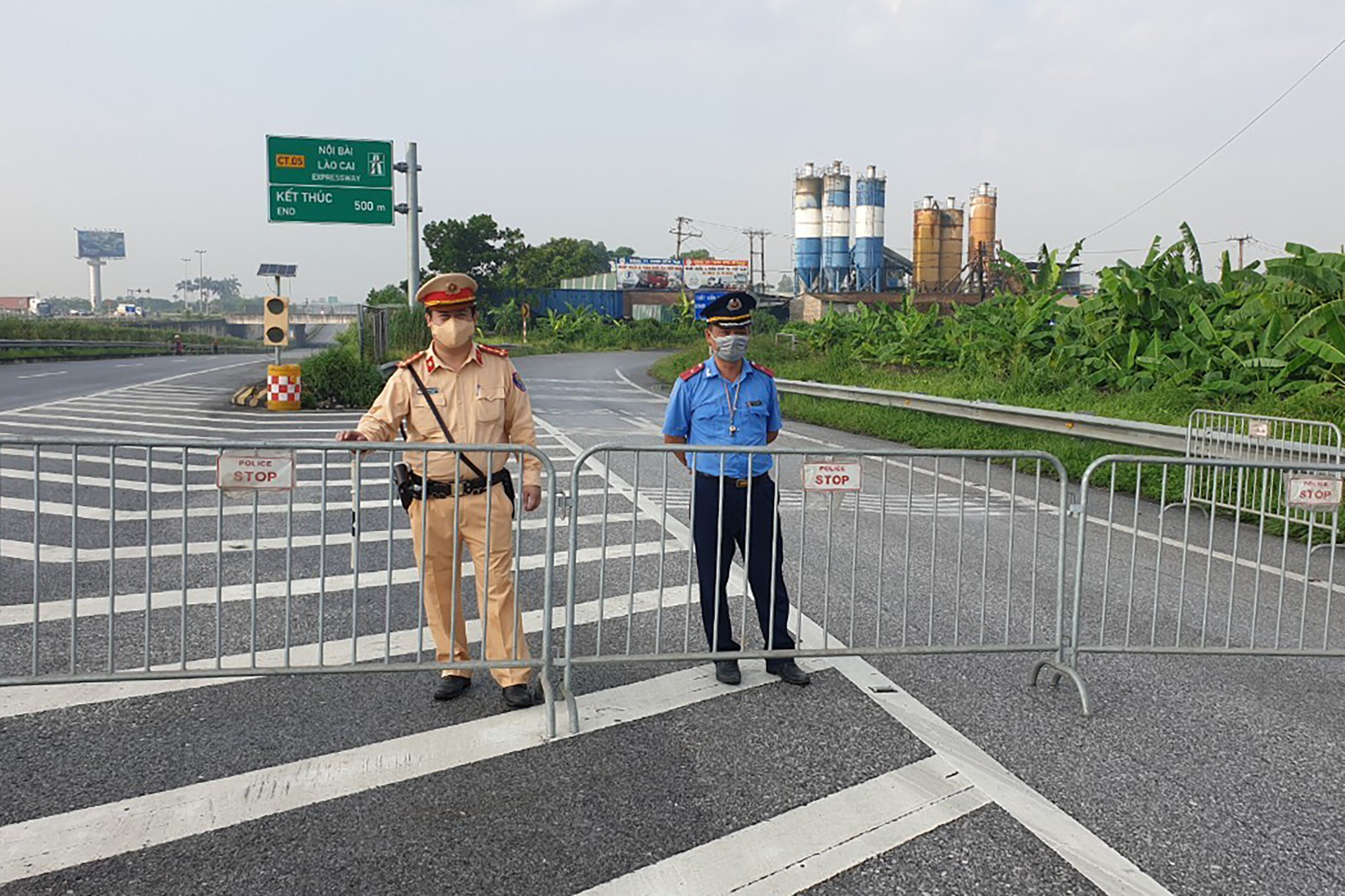#Diversity networks: Good start, but improvement necessary
“#Diversity networks: Good start, but improvement necessary”

The number of diversity networks within large organizations has greatly increased in recent years. Many modern companies wish to further the promotion of employees with a specific social identity, so they promote networks where these employees can meet one other. A good start—but unfortunately companies are not always open to the organizational changes these kinds of networks want to bring about. This is the conclusion of research by Marjolein Dennissen, who will defend her Ph.D. thesis at Radboud University on 3 September.
Diversity networks have been set up for women, for cultural diversity, for LGBT staff, for people with an occupational disability, and for young people, among others. In theory, these networks are ideally equipped to create more equality within organizations. They are familiar with the organizational culture, behavioral norms, and other unwritten rules, and they can use this knowledge to identify customs and practices that create inequality. They can also provide a safe environment for employees who may be socially isolated, providing them with the opportunity to share their experiences in a confidential setting. These experiences can moreover be bundled to make inequality within the organization visible to the management, says Dennissen.
Inequality at organizational level
For her research, Dennissen spoke with more than 50 active participants in ten different diversity networks in two large Dutch organizations. She also attended many different network meetings and studied mission statements, newsletters, and minutes from the diversity network meetings.
Many networks focus primarily on promoting career development for individual members and forming of community among network members. Although these are worthy goals in their own right, networks often fail to effectively address the organizational culture and practices that keeps inequality in place. “This makes sense,” argues Dennissen, “because organizing a mentoring program or network meeting is easier than actually addressing and changing the dominant organizational culture. However, to truly implement equality at the organizational level it’s also crucial to question structural organizational processes.”
Croquette
Dennissen: “Diversity networks of this kind are ideal candidates for supporting change within an organization, even in seemingly minor matters. An individual employee may not dare call out a colleague on sexist, racist or homophobic remarks, but if a network puts it on the agenda of a meeting with management or HR, it’s bound to be taken a lot more seriously.”
However, this also requires organizations to be open to addressing the various levels of inequality. Dennissen witnessed how this can go wrong at a meeting between a cultural diversity network and the organizational board. “The director asked network members whether they were affected by the Zwarte Piet debate. In response, someone began to share a personal story about experiencing exclusion within the organization, but the director suddenly interrupted to ask whether network members wanted to have a croquette, because they were getting cold. This kind of response creates the impression that the board doesn’t care about these matters and that it tries to avoid uncomfortable conversations.”
Intersectionality to replace silo mentality
Remarkably enough, the current structure of diversity networks sometimes leads to more silo mentality. “Among members of a diversity network that focuses on a single identity category, the idea quickly spreads that people from other categories belong to other networks. I interviewed a lesbian woman with an occupational disability who felt she was falling through the cracks. She didn’t really feel at home in the LGBT network, but also felt like she did not fit in the network for employees with an occupational disability.”
Now that organizations increasingly have more space and acceptance for diversity, the concept of intersectionality becomes more important, says Dennissen. Intersectionality refers to a complex interaction of multiple identities. However, this way of thinking is still not sufficiently recognized in current diversity management, or, for that matter, within diversity networks. “This leads once again to a certain degree of exclusion, as in the case of the lesbian woman with an occupational disability,” argues Dennissen.
“It’s important to be aware of how different identities are interwoven, not only outside, but also within a diversity network. These identities are linked to both privileges and disadvantages. Within a women’s network, for example, white heterosexual women without occupational disabilities are a minority in the organization because of their gender, but they do have other privileges based on their ethnicity, sexual orientation, and lack of occupational disability. This is why it’s important to recognize that there may be differences even within a diversity network, and rather than only focus on discrimination, to also acknowledge the privileges that accompany people’s various identities.”
‘Nobody wants to be seen as a nag’
“Many organizations still see diversity primarily as a business case. Diversity is portrayed as something positive that should be celebrated, a kind of ‘feel good diversity’ that suits the image of a good employer,” says Dennissen. “The disadvantage is that this can get in the way of a more serious contribution to creating equality. As a network, if you emphasize exclusion and discrimination and criticize organizational processes, like the jokes heard in the coffee corner, you run the risk of being seen as a killjoy or nag.”
To increase the future success of diversity networks, Dennissen pleads for more recognition of the difficult task these networks face in promoting equality within organizations: “Organizations easily dismiss diversity as the networks’ responsibility, but responsibility for diversity and inclusion is shared by all members within an organization. Further, organizations are not always keen to map organizational practices that perpetuate inequality. Promoting equality requires patience and a lot of perseverance.” By becoming aware of organizational practices, intersectionality and privilege, and by daring to sometimes act as ‘killjoys’, diversity networks can be effective in promoting equality within organizations.
Citation:
Diversity networks: Good start, but improvement necessary (2020, August 27)
retrieved 27 August 2020
from https://phys.org/news/2020-08-diversity-networks-good.html
This document is subject to copyright. Apart from any fair dealing for the purpose of private study or research, no
part may be reproduced without the written permission. The content is provided for information purposes only.
If you want to read more Like this articles, you can visit our Science category.
if you want to watch Movies or Tv Shows go to Dizi.BuradaBiliyorum.Com for forums sites go to Forum.BuradaBiliyorum.Com


